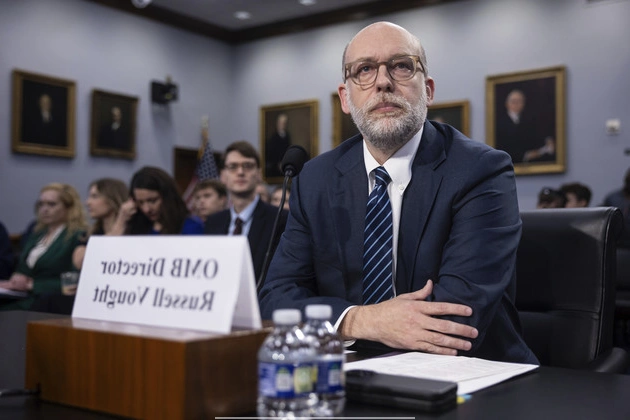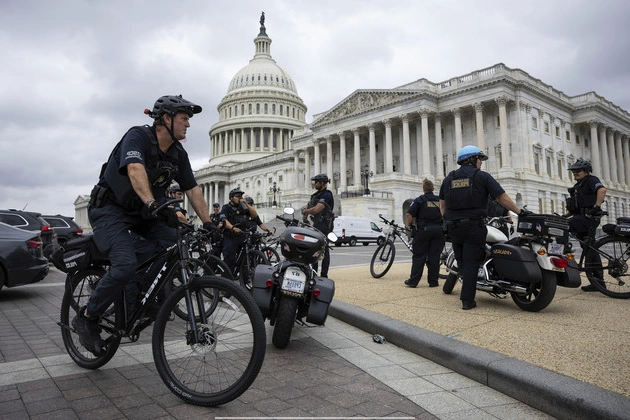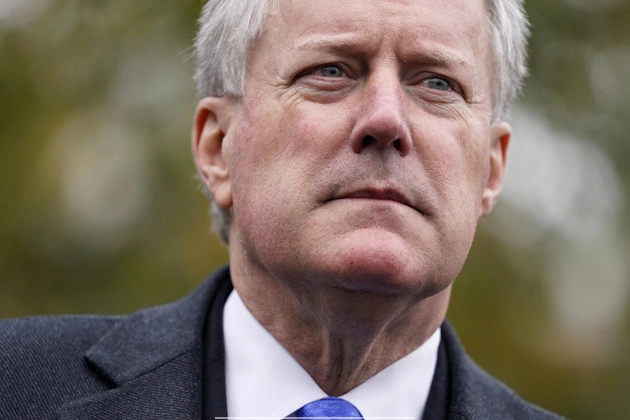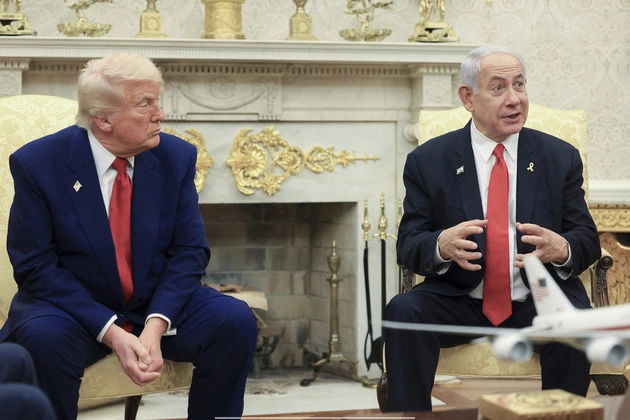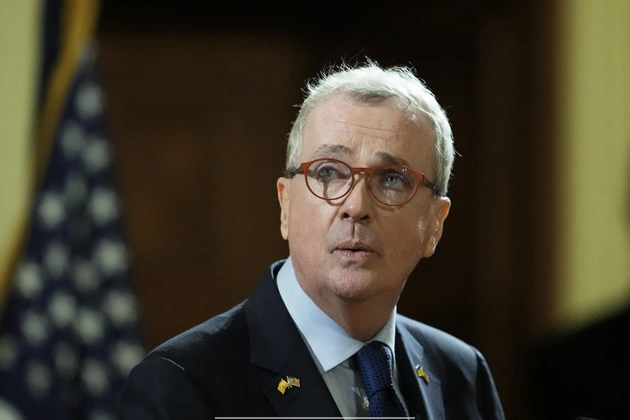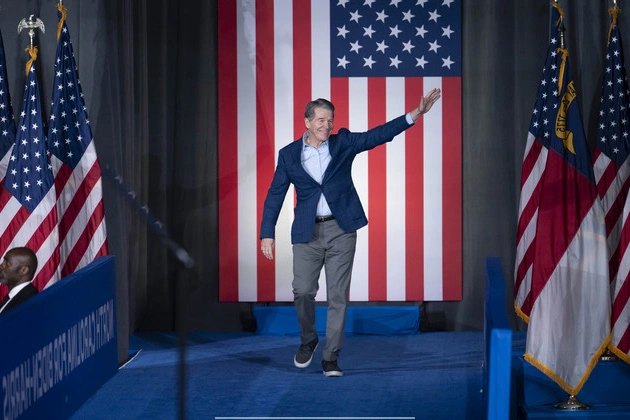
If Speaker Mike Johnson has his way, the “big, beautiful” domestic policy bill that President Donald Trump wants passed post-haste would be through the House no later than Memorial Day — just over four weeks away.
Challenges Ahead
House Republicans are gearing up for a legislative sprint upon their return to Washington, aiming to translate GOP pledges into concrete legislative text. However, doubts loom large over the feasibility of Johnson’s ambitious timeline.
While progress has been made during the recent break, significant hurdles remain unresolved. Key disputes center around the magnitude of spending cuts required to fund the proposed policies and the extent of reforms to Medicaid and other safety-net programs.
Deadline Realities
Rep. Chip Roy (R-Texas) voices skepticism about rigid deadlines, emphasizing the need for a thorough legislative process to ensure the final product’s quality. The House Ways and Means Committee, crucial for advancing the tax segment of the bill, faces challenges in meeting Johnson’s timeline.
Even committees handling less contentious portions of the bill are hustling to draft legislation ahead of scheduled meetings, indicating the complexity of the task at hand.
Adapting to Delays
Johnson’s initial aim of presenting the bill to Trump by Memorial Day has been tempered down to achieving House approval. The Senate eyes a more relaxed late-June deadline, subject to updates on the debt limit.
Despite the pressure to expedite proceedings, disagreements could impede progress. The absence of a concrete plan to achieve the targeted $1.5 trillion in spending cuts underscores internal divisions.
Contentious Cuts
The debate over spending reductions intensifies as Republicans grapple with reconciling differing views on budget cuts. The proposed $1.5 trillion reduction faces resistance from some hard-liners seeking deeper slashes.
Concerns over escalating deficits further complicate matters, with conflicting assurances on the bill’s fiscal impact. Analysis from fiscal experts will play a pivotal role in assessing the bill’s financial implications.
Navigating Program Reforms
Proposed changes to Medicaid and safety net programs are intertwined with spending cut discussions, necessitating careful deliberation to achieve targeted savings. The House Agriculture Committee’s proposals on SNAP cuts and state cost-sharing provoke internal apprehensions.
Medicaid reforms emerge as a major point of contention, with disagreements over cost-sharing arrangements and work requirements. The intricate negotiations highlight the challenges of aligning diverse viewpoints within the party.
Inter-Chamber Dynamics
Divergent approaches between House and Senate Republicans underscore the complexity of reaching a consensus. Ongoing discussions between committees and leadership aim to bridge the gap in policy priorities.
While some alignment is evident, uncertainties persist regarding the final bill’s shape and Senate approval. Treasury Secretary Scott Bessent’s involvement signals high-level engagement to navigate potential roadblocks.
Path to Resolution
The path forward hinges on reconciling disparate views and leveraging Trump’s influence to garner support. Balancing fiscal concerns with policy objectives will be pivotal in securing the necessary votes for the bill’s passage.
Despite internal divisions and looming deadlines, Republicans remain hopeful of a cohesive legislative outcome. The evolving landscape in Congress underscores the intricate interplay of policy, politics, and pragmatism.






